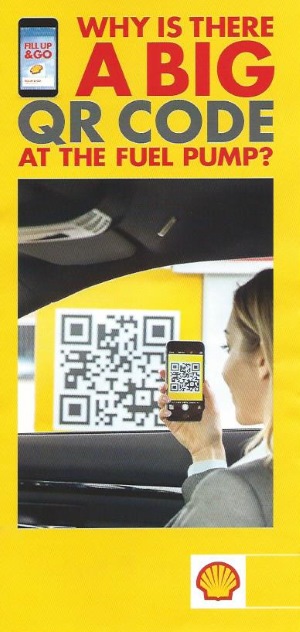 I’m not talking about any dodgy apps that you might have, nor any “adult” websites that you might have bookmarked but I’m talking in a hygiene sense.
I’m not talking about any dodgy apps that you might have, nor any “adult” websites that you might have bookmarked but I’m talking in a hygiene sense.
According to research the average person touches their phone nearly 3,000 times A DAY and the heaviest users touch their phone over 5,400 times, each and every day.
After all, our phones are with us for up to 24 hours a day. At home, at work, on the street, in the car and, ahem, in the bathroom/toilet. Now think about all the things you touch during your average day. Let’s start at home with door handles, who else has used them? Did they wash their hands? Are they well or unwell?
Now let’s go to work. You pop your phone in your pocket or handbag – what else has been in there? It’s dark, warm and humid, a lovely breeding ground for bacteria.
You might open your car door or get on public transport. In the case of the latter, what do you touch in the station, on the bus/train/taxi?
You’ve arrived at your office and casually pop your phone on your desk. A desk which, according to a study by the University of Arizona, has hundreds of times more bacteria per square inch than an office toilet seat. And this could be your smartphone’s home for 40 hours a week,
Now it’s time for your morning coffee so you head off to the kitchen….who has used the kettle/coffee machine, coffee jar, sugar jar etc.
 How about a comfort break – who has opened the toilet door? Are you one of the 61% of people who regularly scroll while on the toilet (report from the Daily Infographic) because 1 in 6 phones are contaminated with faecal matter?
How about a comfort break – who has opened the toilet door? Are you one of the 61% of people who regularly scroll while on the toilet (report from the Daily Infographic) because 1 in 6 phones are contaminated with faecal matter?
Who opened the door to leave the toilet, were they unwell? Did they wash their hands properly? You may as well not bother washing your hands after that visit.
And as if that’s not bad enough, there’s everything else you could touch during an average day, cash machines, PIN entry pads in shops and filling stations, keys, door handles, pens, credit/debit cards, coins, bank notes – how clean are those? Where have they been? It’s almost enough to make you go cashless isn’t it!
Finally it’s the end of the day and time to head home. You put your phone on the kitchen worktop. This should be clean but how about your dining table, your coffee table, side table and bed-side table? How clean are they?
At any time of the day your phone might ring, or you want to make a call. You take your bacterial soup of a phone out of your pocket/bag and hold it to your face transferring bacteria that could give you spots, or worse. It might even touch your mouth and some of the bacteria could then transfer orally, getting inside your digestive system.
 According to a study published in the journal, Germs, your phone is up to 10 times dirtier than your toilet seat, TEN TIMES! You always wash your hands after going but do you wash them between touching your phone and eating food?
According to a study published in the journal, Germs, your phone is up to 10 times dirtier than your toilet seat, TEN TIMES! You always wash your hands after going but do you wash them between touching your phone and eating food?
This is a major issue because few of us bother to really clean our phones (wiping the screen doesn’t count). The germs keep building up.
Studies have found serious pathogens on smartphones, E-Coli (great for upset tums), influenza, Streptococcus and MRSA (cause of rashes and skin infections) – which is a type of bacteria that is resistant to several antibiotics.
So, the next time you have a spot or rash on your face or go down with an upset tummy or the flu, don’t look at who you’ve been in contact with recently, take a long hard look at your mobile phone.
What should we do? Well, you can buy anti-bacterial cleaning packs specifically designed for electronic devices, or you could use standard rubbing alcohol and a soft cloth or paper towel. Use cotton buds to get in to those nooks and crannies and, finally, don’t forget to take your cover off and clean that too.
Now, I can’t help you with your phone hygiene but I can help keep your SEO nice and clean so why not get in touch, 01793 238020 or andy@enterprise-oms.co.uk and we can have a chat about SEO, Social Media or any other form of digital marketing.

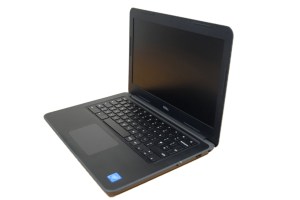







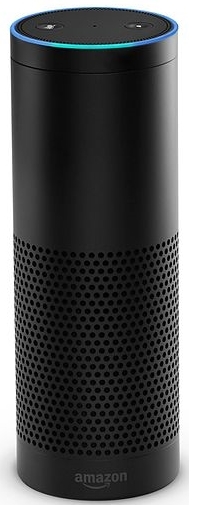 “
“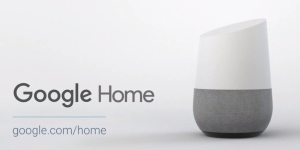

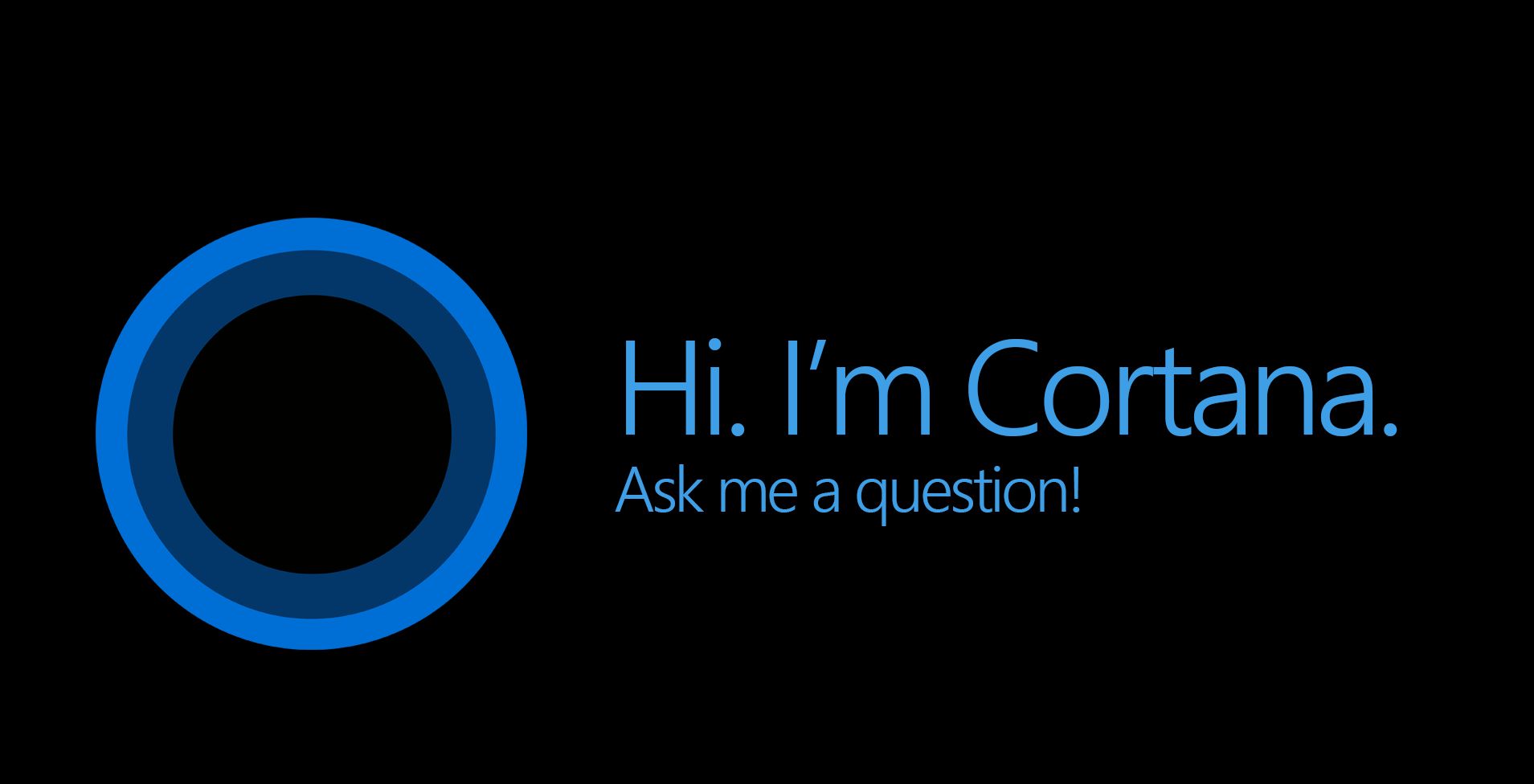
 The most well known type of beacon is probably the Belisha, the orange ball, containing a flashing light mounted on a striped pole and drawing attention to a zebra crossing.
The most well known type of beacon is probably the Belisha, the orange ball, containing a flashing light mounted on a striped pole and drawing attention to a zebra crossing.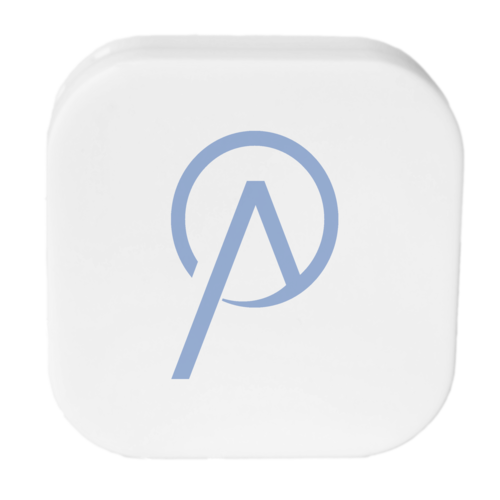 Beacons can be pretty inexpensive – the Avvel X Beacon (left) for example –
Beacons can be pretty inexpensive – the Avvel X Beacon (left) for example – 



